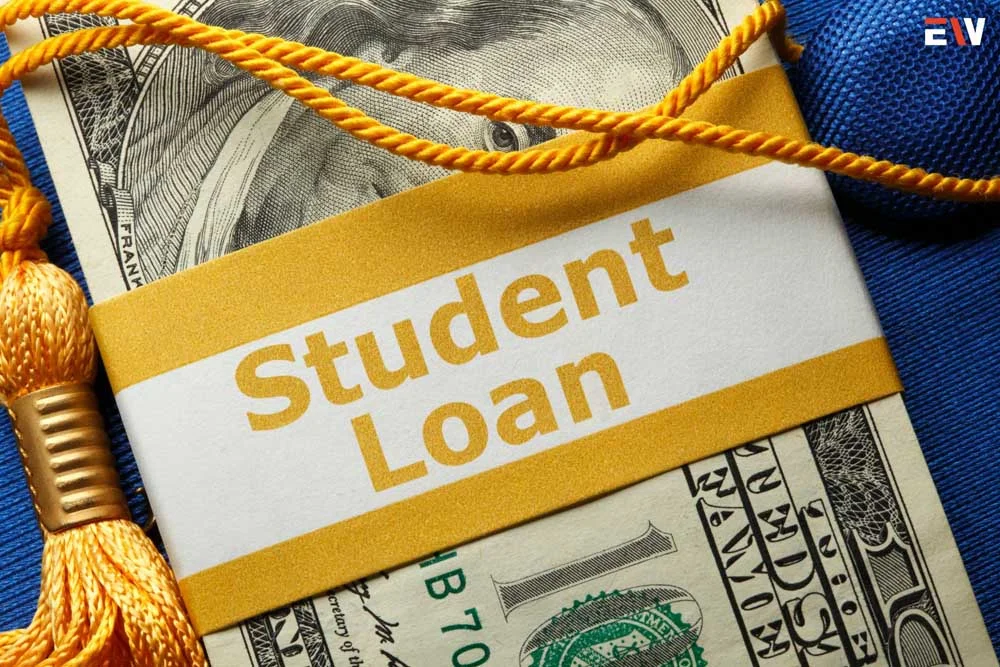Education is one of the most valuable investments a person can make, but with the rising cost of tuition, many students rely on student loans to finance their higher education. Navigating the world of student loans can be overwhelming, but understanding the different types of loans available, the application process, and how to manage repayment can make a significant difference in your financial future.
There are two primary types of student loans: federal student loans and private student loans. Federal loans are issued by the government and offer several benefits, including fixed interest rates, income-driven repayment options, and forgiveness programs. These loans are available to most students, regardless of credit history, and typically offer lower interest rates than private loans. Some common types of federal student loans include Direct Subsidized Loans, Direct Unsubsidized Loans, and PLUS Loans for parents and graduate students.
Private student loans, on the other hand, are offered by banks, credit unions, and other financial institutions. These loans may have variable interest rates and are often based on the borrower’s credit score and financial history. While private loans can provide additional funding for students, they may come with higher interest rates and fewer repayment options compared to federal loans. It’s important to explore all federal loan options before considering private loans.
When applying for a student loan, you’ll need to complete the Free Application for Federal Student Aid (FAFSA), which determines your eligibility for federal loans, grants, and work-study programs. FAFSA is a critical step in securing financial aid, and it’s recommended to submit the application as early as possible to maximize your chances of receiving funding. The FAFSA will ask for information about your income, assets, and household size, so be prepared to gather relevant documents, such as tax returns and financial statements.
Managing student loans during and after college can be a challenge, but there are various repayment options available. For federal student loans, options include standard repayment, graduated repayment, and income-driven repayment plans. Income-driven repayment plans adjust your monthly payment based on your income and family size, making it easier to manage loan payments after graduation.
Many graduates are also eligible for student loan forgiveness programs, which can cancel part or all of their loans after a certain number of years of qualifying payments. Programs such as the Public Service Loan Forgiveness (PSLF) offer forgiveness to individuals who work in qualifying public service jobs. It’s essential to stay informed about the eligibility criteria and ensure that you make qualifying payments to take advantage of these programs.
Conclusion:
Student loans are a powerful tool to finance higher education, but they come with significant responsibility. By understanding the different types of loans, the application process, and repayment options, you can make informed decisions and manage your loans effectively. Always exhaust federal loan options before turning to private loans, and make sure to stay on top of repayment to avoid long-term financial challenges.




